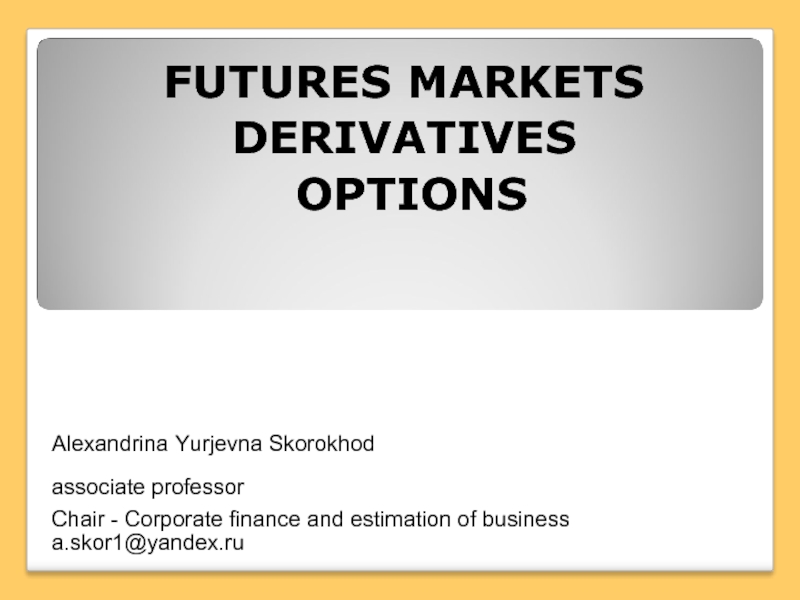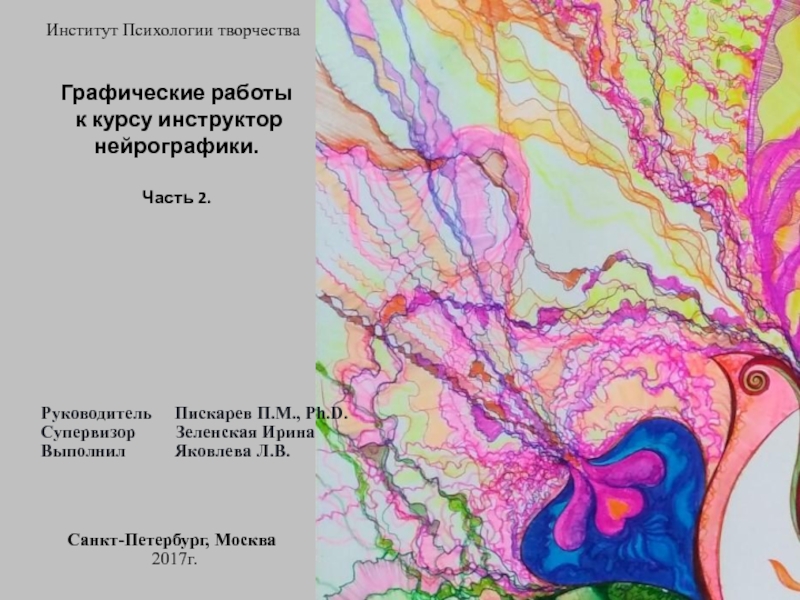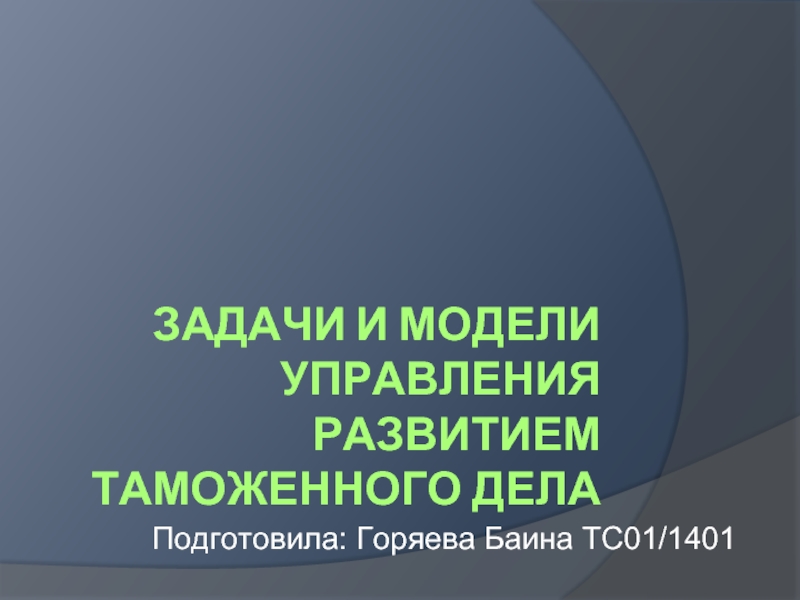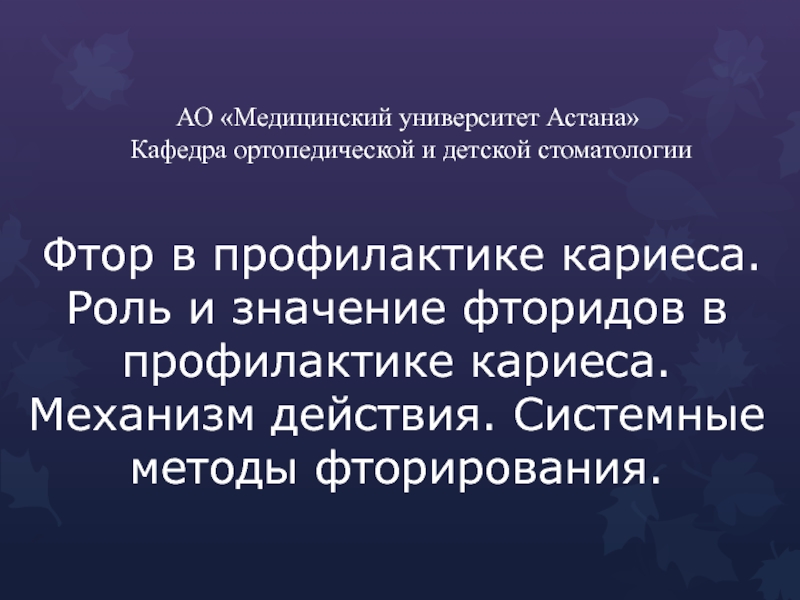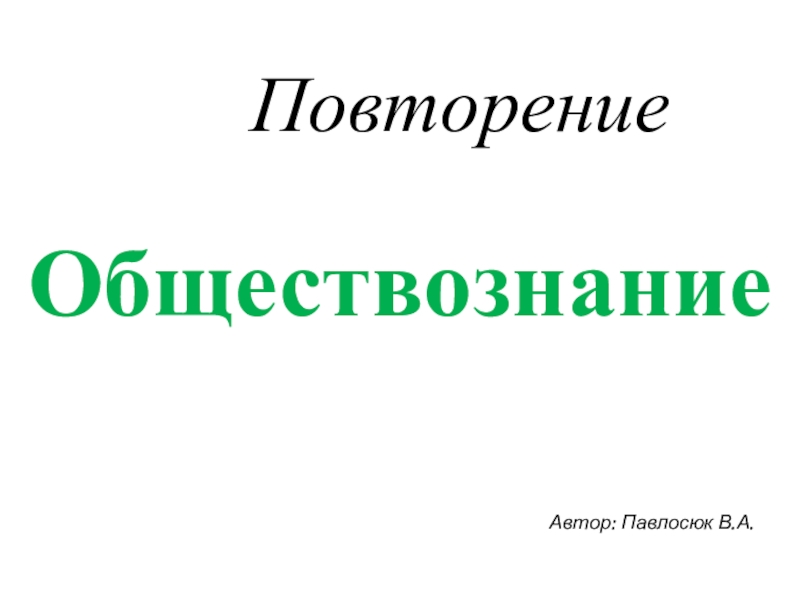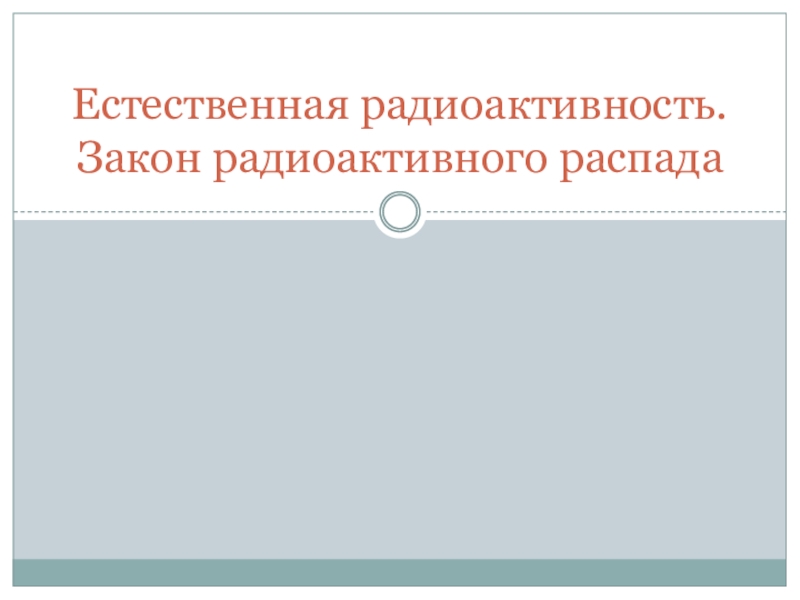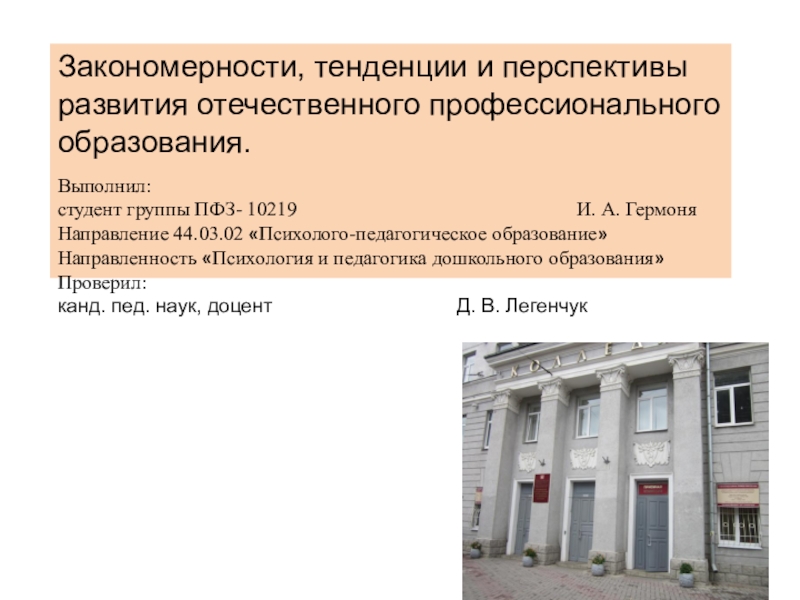Разделы презентаций
- Разное
- Английский язык
- Астрономия
- Алгебра
- Биология
- География
- Геометрия
- Детские презентации
- Информатика
- История
- Литература
- Математика
- Медицина
- Менеджмент
- Музыка
- МХК
- Немецкий язык
- ОБЖ
- Обществознание
- Окружающий мир
- Педагогика
- Русский язык
- Технология
- Физика
- Философия
- Химия
- Шаблоны, картинки для презентаций
- Экология
- Экономика
- Юриспруденция
FUTURES MARKETS DERIVATIVES OPTIONS
Содержание
- 1. FUTURES MARKETS DERIVATIVES OPTIONS
- 2. TYPES OF ORDERS IN FUTURES MARKETS
- 3. Exchange Futures QuotationsPricesOpening priceHighest priceLowest priceSettlement priceOpen InterestVolume of trading
- 4. Trading results: 01.03.2015 – 10.03.2015. Brent
- 5. Trading result:10/03/2015. St. Petersburg International Mercantile Exchange
- 6. Hedging using Futures Short hedge1)
- 7. Reasons why hedging using futures works not
- 8. FUTURES PRICES, SPOT PRICES AND EXPECTED SPOT
- 9. Backwardation ContangoFUTURES PRICEEXPECTED SPOT PRICEFUTURES PRICETimeExpiryExpiry TimeFutures
- 10. Choice of Contract The choice
- 11. Example 1It is March 1US Company expects
- 12. Example 11. The gain on the FC
- 13. Example 2It is June 8Company knows that
- 14. Example 21. The gain on the FC
- 15. Optimal hedge ratioThe hedge ratio is the
- 16. VolatilityVolatility is a measure of uncertainty or
- 17. Standard deviation (SD) is a measure that is
- 18. Standard Deviation
- 19. Correlation coefficient is a measure of the linear
- 20. Example 1Thus, if it were a perfect
- 21. Слайд 21
- 22. TYPES OF TRADERSHedgersSpeculatorsArbitrageursuse derivatives to bet on
- 23. Speculators wish to take a position in
- 24. The difference between two alternatives1) Up-front investment
- 25. ArbitrageursExchange rate is $ 2,03 per pound100*($2,03*100
- 26. FUTURES PRICE AND SPOT PRICECASH-AND -CARRY ARBITRAGEStrategy:
- 27. CASH-AND -CARRY ARBITRAGEResults1. Borrow 44000 Rp
- 28. Reverse cash-and- carry arbitrageBorrow dollars, convert to
- 29. Arbitrage and Theoretical Futures PriceLet C denote
- 30. In practice futures price does not exactly
- 31. FUTURES PRICES AND FORWARD PRICES DETERMINISTIC INTEREST
- 32. Futures Spreads When you go into a
- 33. Why Use Futures
- 34. Слайд 34
- 35. Слайд 35
- 36. Types of Futures
- 37. Bull Spreads These are futures spreads that
- 38. Disadvantages of Futures Spreads More
- 39. Слайд 39
- 40. Слайд 40
- 41. Скачать презентанцию
Слайды и текст этой презентации
Слайд 1Alexandrina Yurjevna Skorokhod associate professor Chair - Corporate finance and estimation of
business
a.skor1@yandex.ru
Слайд 2TYPES OF ORDERS IN FUTURES MARKETS
Market Orders :
Execute at best available price
Limit Orders: Sell
above or buy below stated limits Stop-Loss Orders : Sell if price falls below a limit; buy if it rises
above a limit. Used to limit losses on existing positions
Day Orders: An order to buy or sell stock that automatically expires if it can’t be executed on the day.
Participants : Brokers, Floor Traders, Hedgers and speculators.
Слайд 3Exchange Futures Quotations
Prices
Opening price
Highest price
Lowest price
Settlement price
Open Interest
Volume of trading
Слайд 4Trading results: 01.03.2015 – 10.03.2015. Brent Futures contract. Moscow Exchange.
Settle
WA
Open
High
Low
Close
Change
Volume of last trade/ contr.
Number of Trades
Volume of trading
Rub.
Contracts Open interest
Rub. Contracts
Sometimes Volume of trading in a day is greater than the Open interest at the end of the day.
This is the indicative of a large number of day traders.
The opening price – prices at which contracts were trading immediately after the opening bell.
During the day, the price traded between $60.37 and $56.76.
Settlement price: A price established at the close of a trading day used to calculate the settlement of futures contracts.
Contract size: 10 barrels Tick size: USc. 0.01
Expiry date: 17.03.2015
EXPIRY DATE: 2 BUSINESS DAYS BEFORE THE LAST WORKING DAY
OF THE CONTRACT MONTH
Слайд 6Hedging using Futures
Short hedge
1) A company that
knows it is due to sell an asset at a
particular time in the future can hedge by taking a short futures position.If the price of the asset goes down – not good at spot market/gain on the short futures position.
If the price of the asset goes up – gain at spot market/loss on futures position.
Long hedge
2) A company that knows it is due to buy an asset at a particular time in the future can hedge by taking a long futures position.
If the price of the asset goes up – not good at spot market/gain on the futures position.
If the price of the asset goes down – gain at spot market/loss on futures position.
Futures hedging does not exactly improve the overall financial outcome.
Futures hedge reduces risk by making the outcome more certain.
Слайд 7Reasons why hedging using futures works not perfectly in practice:
1.
The asset whose price is to be hedged may not
be exactly the same as the asset underlying the futures contract.2. The hedger may be uncertain as to the exact date when the asset will be bought of sold.
3. The hedge may require the futures contract to be closed out well before its expiration date.
These problems give rise to what is termed basis risk.
Слайд 8FUTURES PRICES, SPOT PRICES AND EXPECTED SPOT PRICES
Basis = (Spot
Price – Futures Price)
If the asset to be hedged and
the asset underlying the FC are the same the basis should be zero at the expiration of FC.The basis may be positive and negative.
When the SP increases by more than FP, the Basis increases = Strengthening of the basis.
When the FP increases by more than SP, the Basis declines = Weakening of the basis.
Basis risk can lead to an improvement or a worsening of a hedger’s position.
Short hedge:
If the basis strengthens unexpectedly, the hedgers position improves.
If the basis weakens unexpectedly, the hedgers position worsens.
Long hedge: reverse.
Basis at time t1 and t2:
The effective price
that is paid with hedging:
Слайд 9Backwardation
Contango
FUTURES PRICE
EXPECTED SPOT PRICE
FUTURES PRICE
Time
Expiry
Expiry
Time
Futures price below Spot
price
Futures price above Spot price
Premium to Spot price
Discount from Spot
priceСлайд 10Choice of Contract
The choice has two components:
1.
The choice of the asset underlying the futures contract.
If the
asset being hedged exactly matches an asset underlying a futures contractIf not – make analysis to determine which of the available futures contracts has futures prices that are most closely correlated with the price of the asset being hedged.
2. The choice of the delivery month.
To choose a delivery month that is as close as possible to (but later than) the expiration of the hedge.
Слайд 11Example 1
It is March 1
US Company expects to receive 50
million Japanese yen at the end of July.
Yen FC have
delivery months of March, June, September, DecemberContract size: 12.5 million yen
The Company shorts four September yen FC on March 1
At the end of July when the yen are received, the Company closes out its position
Futures price on March 1 is 0.78 cents per yen
End of July: Spot price is 0.72, Futures price is 0.725
Define:
Financial result if the Company does not short FC.
Financial result if the Company shorts four FC (Effective price in cents per yen; Total amount received for the 50 million yen).
Слайд 12Example 1
1. The gain on the FC is 0.78-0.725 =
0.055 cents per yen.
2. The basis is 0.72-0.725 = -0.005
cents per yen when the contract is closed out. (b2 = S2 – F2)3. The Effective price obtained in cents per yen is the final spot price plus the gain on the futures:
0.72+0.055 = 0.775
4. This can also be written as the initial futures price plus the final basis:
0.78-0.005 = 0.775 (F1 + b2)
5. Total amount received be the Company for the 50 million yen is
50*0.00775 million dollars = $387 500
6. Financial result if the Company does not short FC is
50*0.0072 = $360 000
Слайд 13Example 2
It is June 8
Company knows that it will need
to purchase 20 000 barrels of Crude Oil in November.
Oil
FC are traded for delivery every monthContract size: 1000 barrels
The Company takes a long position in 20 December contracts
Futures price on June 8 is $18 per barrel
November 10 Company purchases the Crude Oil and closes out FC
November 10 : Spot price is $20, Futures price is $19.10 per barrel.
Define:
Financial result if the Company does not long FC.
Financial result if the Company longs 20 FC (Effective price; Total price).
Слайд 14Example 2
1. The gain on the FC is 19.10-18 =
$1.10 per barrel.
2. The basis when the contract is closed
out is 20-19.10 = $0.190 per barrel(b2 = S2 – F2)
3. The Effective price paid (in $ per barrel) is the final spot price less the gain on the futures:
20.00-1.10 = 18.90
4. This can also be calculated as the initial futures price plus the final basis:
18+0.90 = 18.9 (F1 + b2)
5. Total price received is
18.9*20 000 = $378 000
6. Financial result if the Company does not long FC is
20.00*20000 = $ 400 000
Слайд 15Optimal hedge ratio
The hedge ratio is the ratio of the
size of the position taken in the futures contracts to
the size of the exposure.Up to now we have always assumed a hedge ratio of 1.0. But if the objective of the hedger is to minimize risk, a hedge ratio of 1.0 is not necessary optimal.
Optimal hedge ratio is the product of the coefficient of correlation between dS and dF and the ratio of the standard deviation of dS to the standard deviation of dF.
Слайд 16Volatility
Volatility is a measure of uncertainty or ”riskiness”
Value-at-Risk and option
valuation
Asset volatility communicates
the probability and magnitude of potential price
movements for that asset.
The use of returns allows us to compare the changes in different markets
A higher volatility
reflects a broader range of prices and returns and
indicates a greater risk
Volatility is calculated using returns and not prices
Слайд 17Standard deviation (SD) is a measure that is used to quantify
the amount of variation or dispersion of a set of data values.
A
standard deviation close to 0 indicates that the data points tend to be very close to the mean (also called the expected value) of the set, while a high standard deviation indicates that the data points are spread out over a wider range of values. Слайд 19Correlation coefficient is a measure of the linear correlation (dependence) between two
variables X and Y.
Giving a value between +1 and −1 inclusive, where 1
is total positive correlation, 0 is no correlation, and −1 is total negative correlation. Correlation coefficient between two variables is defined as the covariance of the two variables divided by the product of their standard deviations.
Microsoft Excel function CORREL
Слайд 20Example 1
Thus, if it were a perfect hedge, the trader
would purchase 1000/100 =10(GAZP) or 1000/10 =100(LKOH) or 1000/1000 =1(SNGS)
etc. Contracts.Since any other underlying asset (exept BANE) is not a perfect hedge, they would use the minimum-variance hedge ratio to calculate the optimal number of contracts to purchase.
At first – choose FC
Слайд 22TYPES OF TRADERS
Hedgers
Speculators
Arbitrageurs
use derivatives
to bet on the future direction
of the market variable.
take offsetting position
in two or more
instrumentsto lock in a profit.
use derivatives
to reduce the risk that they face from potential future movements in the variable market.
Слайд 23Speculators
wish to take a position in the market
US Speculator
in 2 Months
British pound will more strength
than US dollar Speculation
Using
Futures
(2,100-2,0470)*250000 = $13250 (2,100-2,0410)*250000 = $14750
(2,000-2,0470)*250000 = $11750 (2,000-2,0410)*250000 = $10250
Слайд 24The difference between two alternatives
1) Up-front investment = $511750 (250000*2,0470)
2)
Small amount to be deposited - $5000 per contract,
$20000 in totalThe Futures Market allows the Speculator
to obtain leverage.
With a relatively small initial outlay, the investors able to take a large speculative position
Слайд 25Arbitrageurs
Exchange rate is $ 2,03 per pound
100*($2,03*100 - $200) =$300
(risk-free profit)
Stock is traded
NYSE
$200
LSE
£100
Entering at the same time
into transactions
in two or more markets
Слайд 26FUTURES PRICE AND SPOT PRICE
CASH-AND -CARRY ARBITRAGE
Strategy: Buying instrument and
selling FC at the same time
Spot Price of a
dollar : Rs.44.003-month Futures Price : 45.75
Rupee interest rate : 6% p.a.
Dollar interest rate : 4% p.a.
Borrow rupees, buy dollars and deposit, sell futures.
3 months later, deliver, get rupees, repay loan.
Calculate financial result from this strategy
Actual futures price higher
Слайд 27CASH-AND -CARRY ARBITRAGE
Results
1. Borrow 44000 Rp
in 3 month
we must pay 44000*1.015 = 44660 Rp
2. Buy $
440000 / 44 = $10003. Deposit $
1000*1.01 = $1010
4. Sell FC
In 3 months:
5. Deliver $1000. Get 46207.5 Rp
6. Repay loan - 44600 Rp
7. Result: Net Profit of 1547.5 Rp (46207.5-44600)
Слайд 28Reverse cash-and- carry arbitrage
Borrow dollars, convert to rupees and deposit,
buy futures. Take delivery at expiry and repay dollar loan.
Suppose contract size is $1000.
Borrow $ = $(1000)/(1.01) = $990.09
Convert $ to rupees = 990.09*44 = 43563.96 Rp
Deposit Rp = 43563.96*1.015 = 44217.42
Buy FC
In 3 months
5. Take delivery +1000$
-43500Rp
6. Repay $ loan
7. Result: Net Profit of 44217.42-43500 = 717.42Rp
Futures Price too low (e.g.43,50)
Слайд 29Arbitrage and Theoretical Futures Price
Let C denote the present value
of carrying costs, St the spot price, r the interest
rate, and FUt,T the futures price for delivery at T, Then theoretical futures price is given byFUt,T = (St + C)[1 + r(T-t)]
Actual futures price higher : cash-and-carry arbitrage
Actual futures price lower: reverse cash-and-carry arbitrage
For currency futures, futures prices are almost identical to forward prices.
A similar relation will hold between FUt,T1 and Fut,T2, T2>T1>t
Слайд 30In practice futures price does not exactly equal theoretical futures
price. Reasons:
1 Transaction costs – bid-offer spreads, brokerage
2 In some
cases, restrictions on short sales (Does not apply to currency futures)3 Non-constant interest rates
4 Mark-to-market gains/losses.
Слайд 31FUTURES PRICES AND FORWARD PRICES
DETERMINISTIC INTEREST RATES: FUTURES PRICES
EQUAL FORWARD PRICES
STOCHASTIC INTEREST RATES : FUTURES PRICES DIFFER
FROM SPOT PRICES DUE TO DAILY GAINS AND LOSSES SPOT PRICE AND INTEREST RATE POSITIVELY CORRELATED : FUTURS PRICE EXCEEDS FORWARD PRICE
NEGATIVE CORRELATION: FUTURES PRICE LESS THAN FORWARD PRICE
Слайд 32Futures Spreads
When you go into a futures transaction as
either the long or the short, you are considered to be trading
futures "outright".When you simultaneously take on the long and the short over two different futures contracts of the same underlying (or related assets), you are considered to be trading futures spreads.
Futures spread is performed when you have a long and a short futures contract in the same position at the same time.
Слайд 33
Why Use Futures Spreads?
Two main
reasons:
1. Increase In Profit Avenues
2. Lowering of Margin Requirement and
risk.
Слайд 34
Increasing Avenues of Profit
1. When the long leg rises and
short leg falls. 2. When the long leg rises and the short leg remained unchanged. 3. When the long leg rises and short leg rises at a lower rate.
4. When the short leg falls faster than the long leg. 5. When the long leg remains unchanged and short leg falls.
Слайд 35 Lowering Margin and
Risk
Futures spreads are valued for their ability to
limit risk. Futures spreads are really trading the difference in price (the "Spread") between the long and short legs and such price difference tends to trade within a determinable range.This makes trading futures spreads a lot more predictable and subject the futures trader to much lower risk.
As a rule, putting on a spread also decreases your initial margin requirement.
Слайд 36 Types of Futures Spreads
1.
Intramarket Spreads
("Calendar Spreads", "Intracommodity Spreads" or "Interdelivery Spreads“).
Futures contracts of the same underlying but different expiration months. 2. Intermarket Spreads
("Intercommodity Spread“)
Futures contracts of different but somewhat related underlying assets.
Gold/Silver, Soybean/Corn, Wheat/Corn, Soybean/Soybean Meal and Crude Oil/Heating Oil.
3. Interexchange Spreads
Futures contracts of the same underlying traded in different exchanges.
Слайд 37Bull Spreads These are futures spreads that are structured to speculate
on a spread price narrowing when the underlying asset is
expected to move higher. This is done by being long on near term futures contracts and short on far term futures contracts.Bear Spreads These are futures spreads that are structured to speculate on a spread price widening when the underlying asset is expected to move lower. This is done by being short on near term futures contracts and long on far term futures contracts.
Calendar Spreads These are any futures spreads that go long and short on futures contracts of different expiration months. In fact, both Bull Spreads and Bear Spreads are calendar spreads as well.
Butterfly Spreads These are futures spreads that consist of three legs instead of the traditionally used two legged futures spreads. It is a combination of a bull spread and a bear spread on the same underlying asset.
